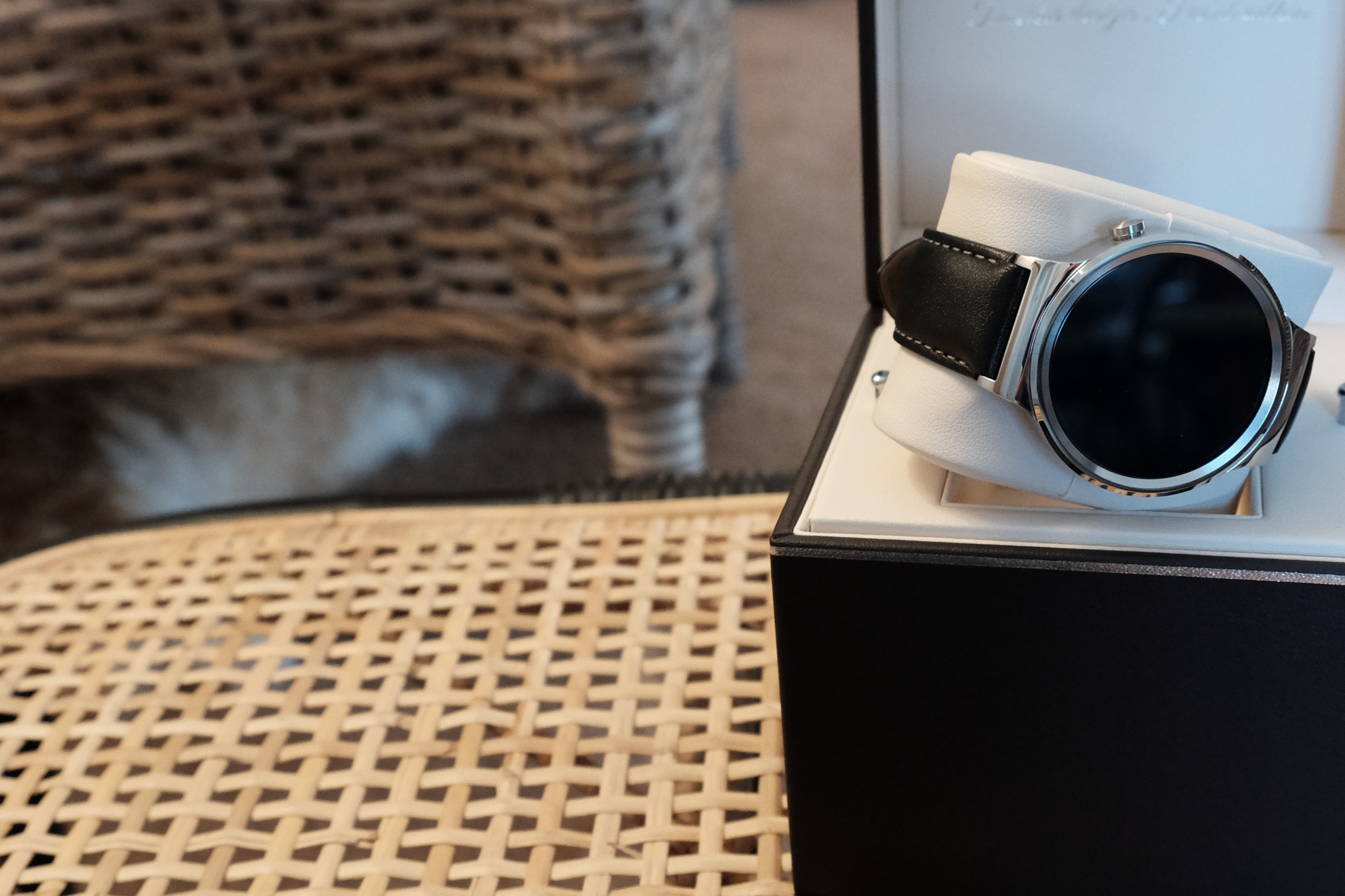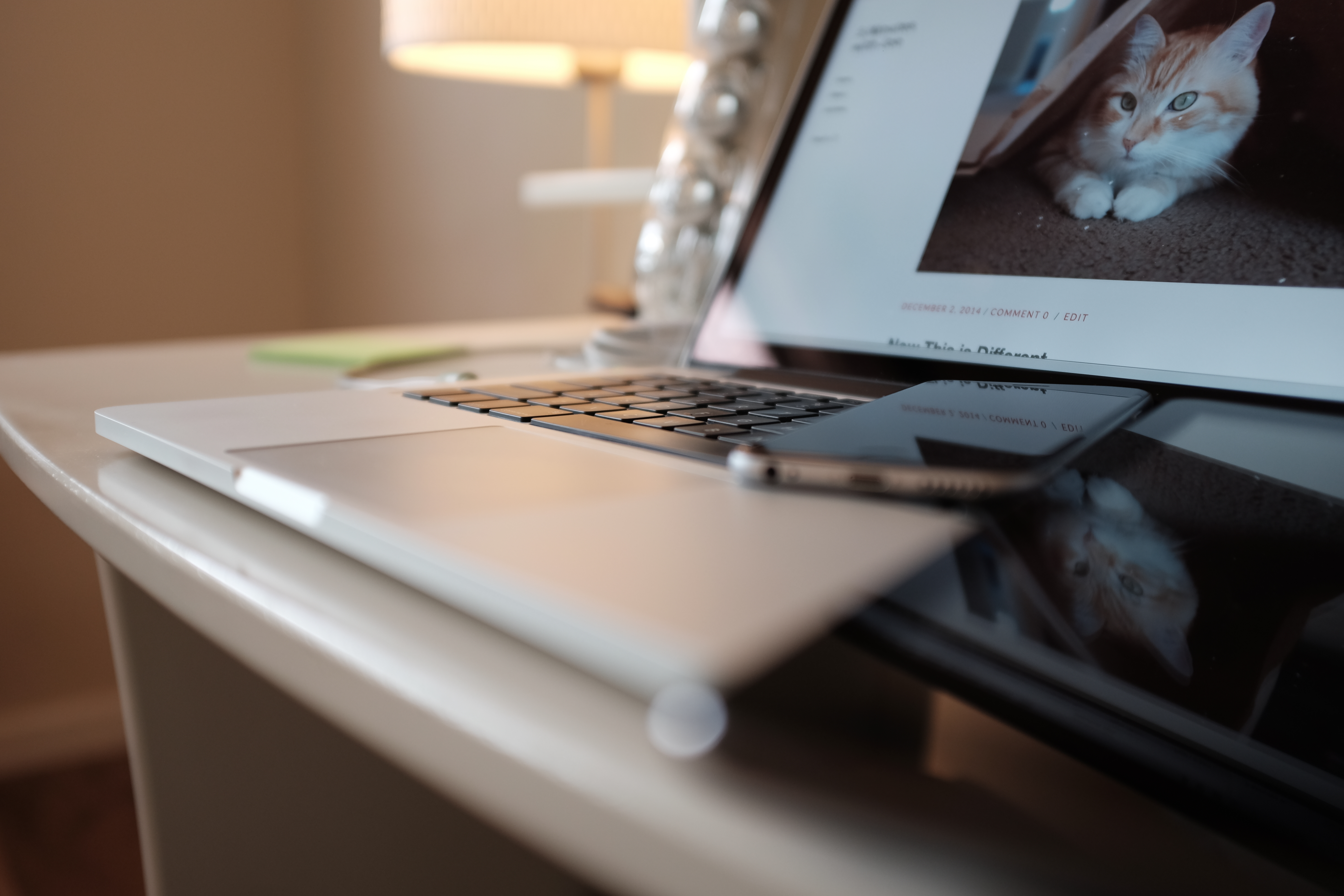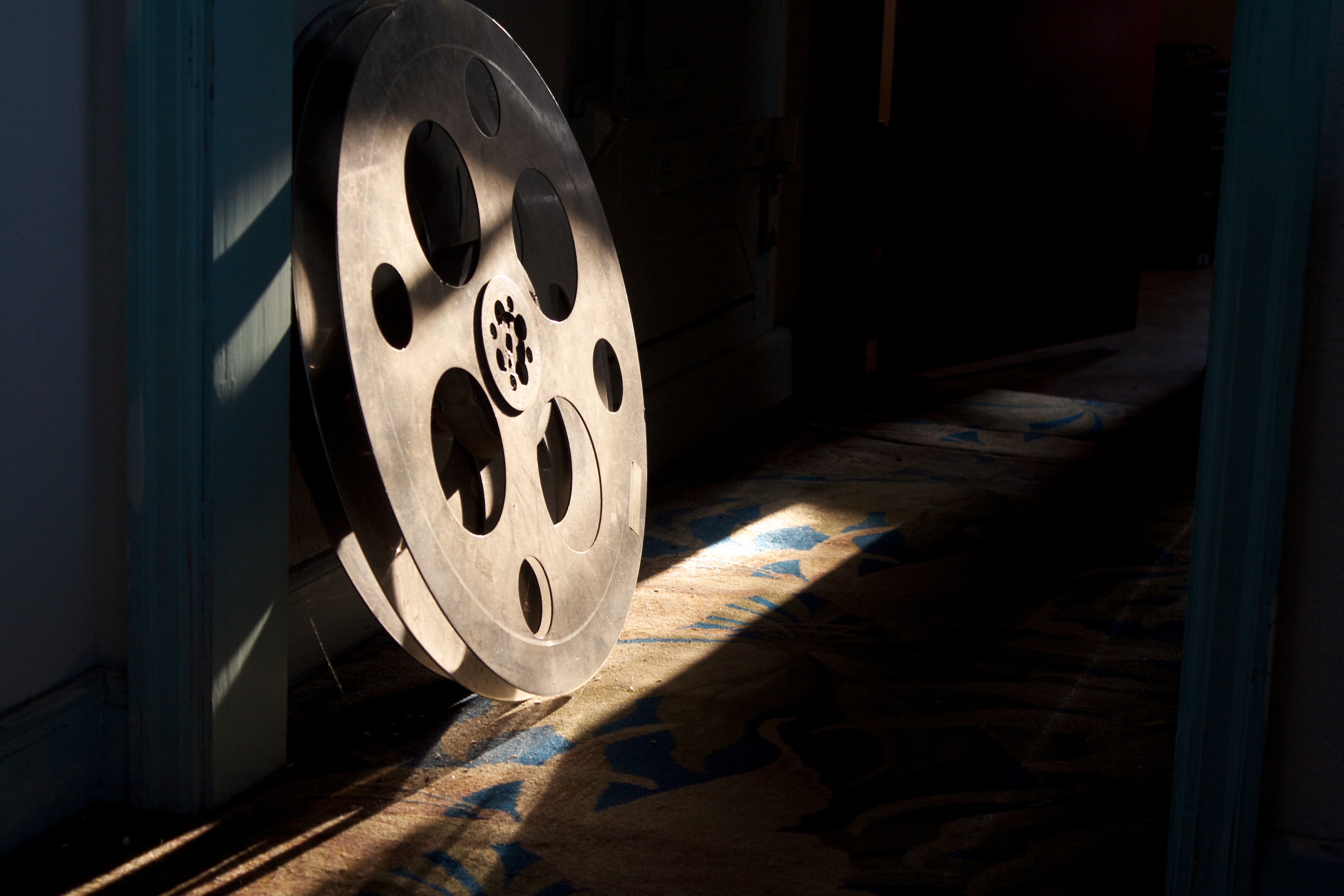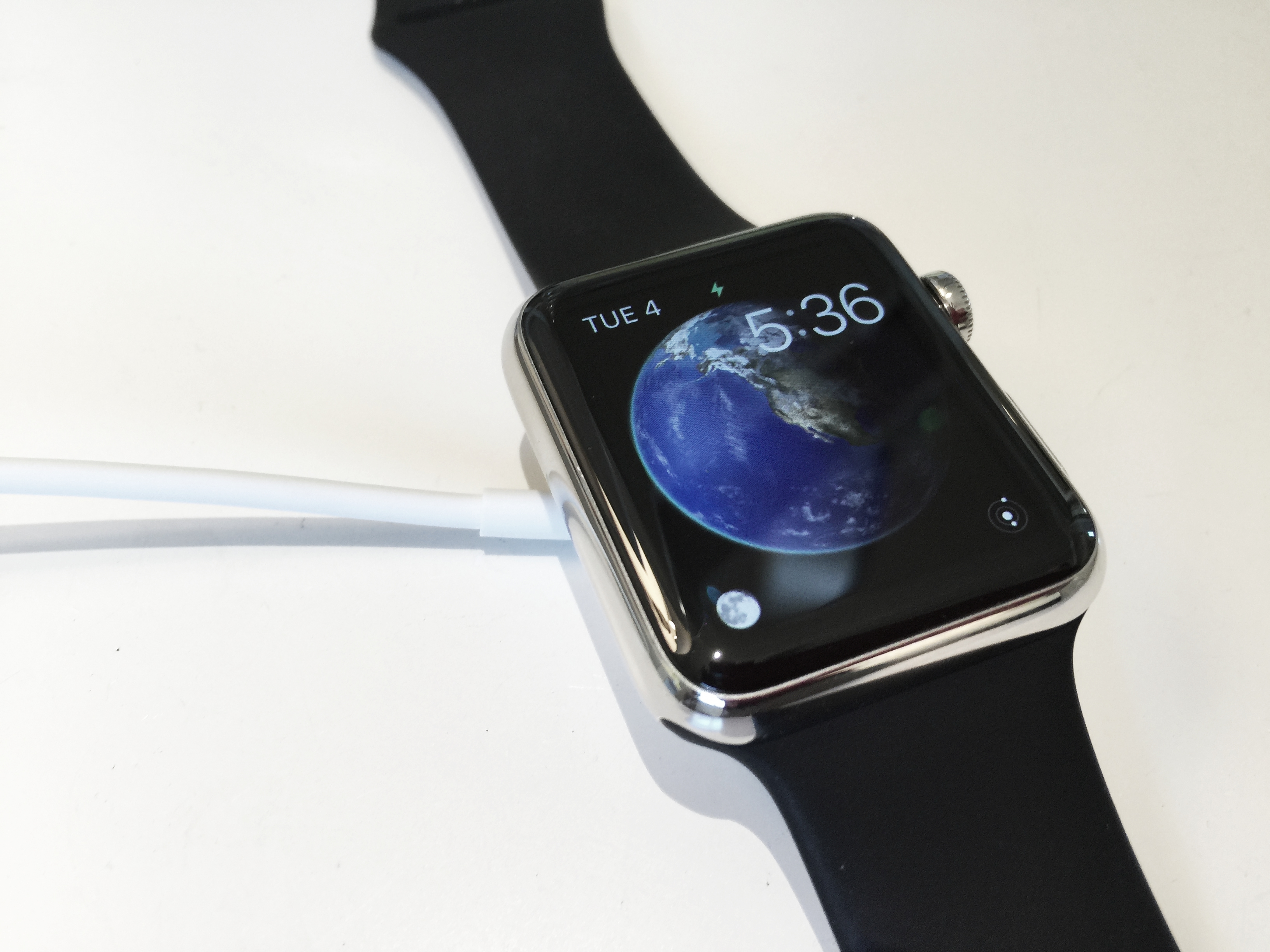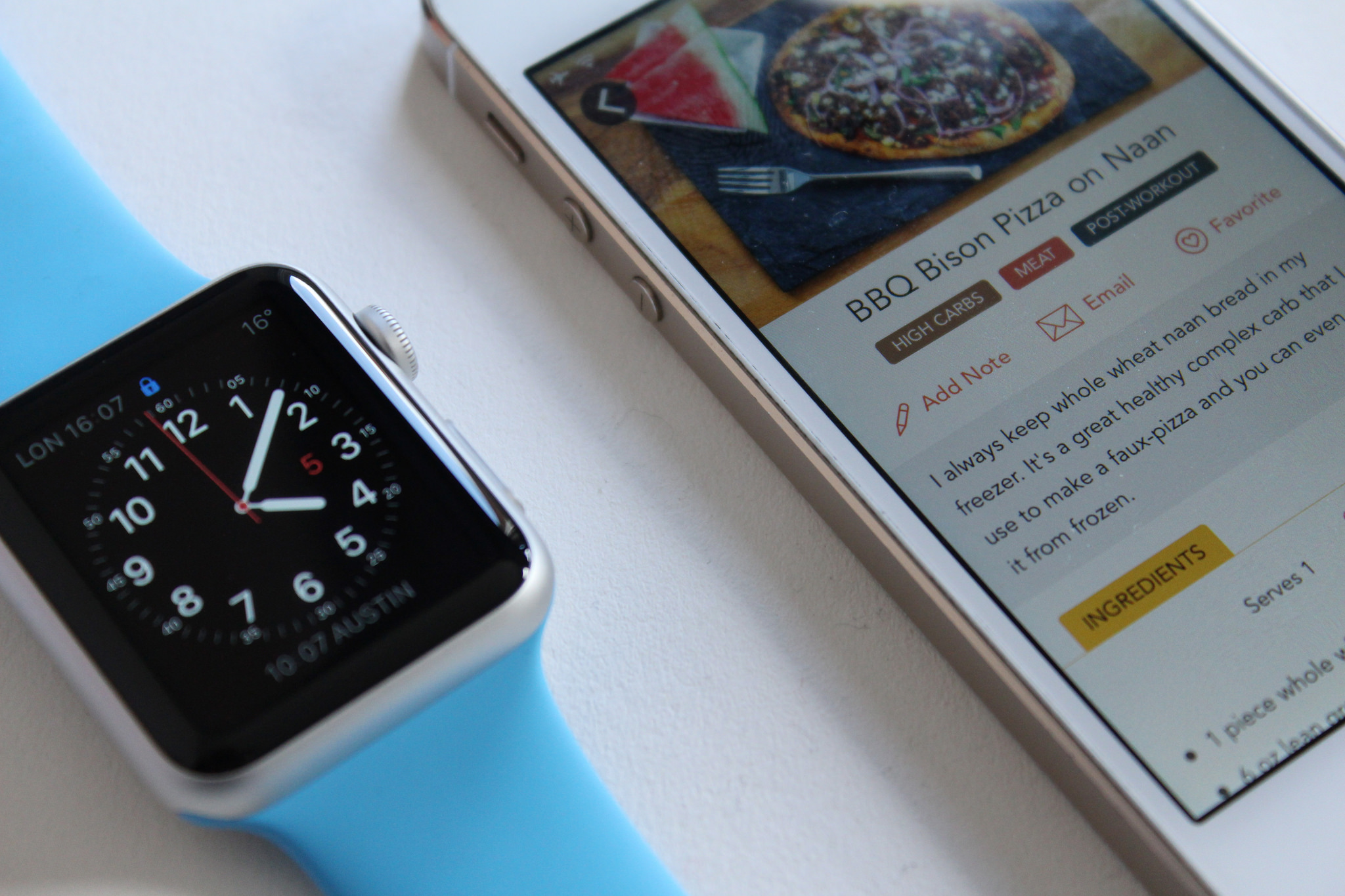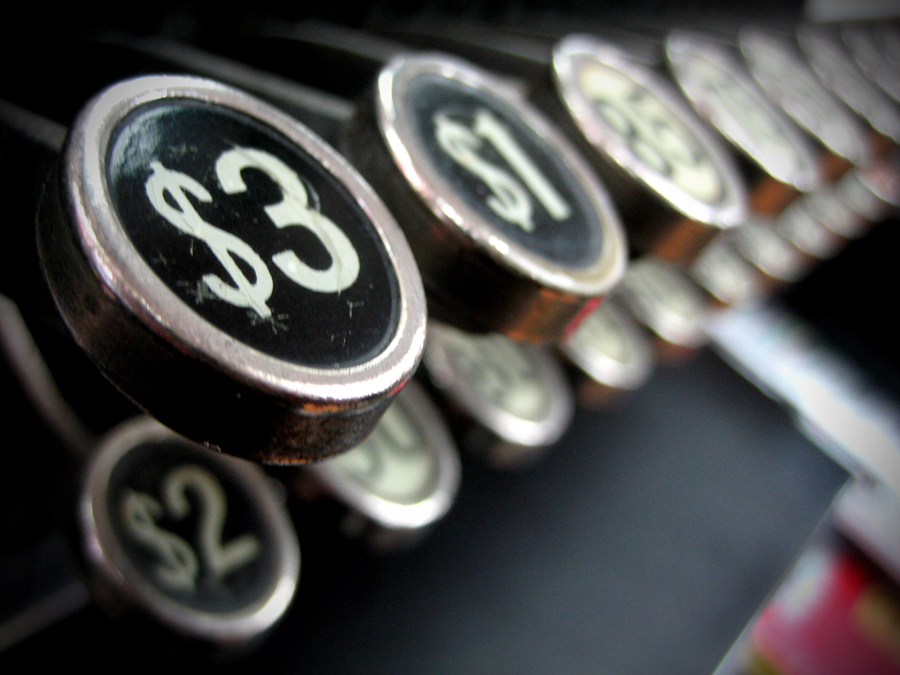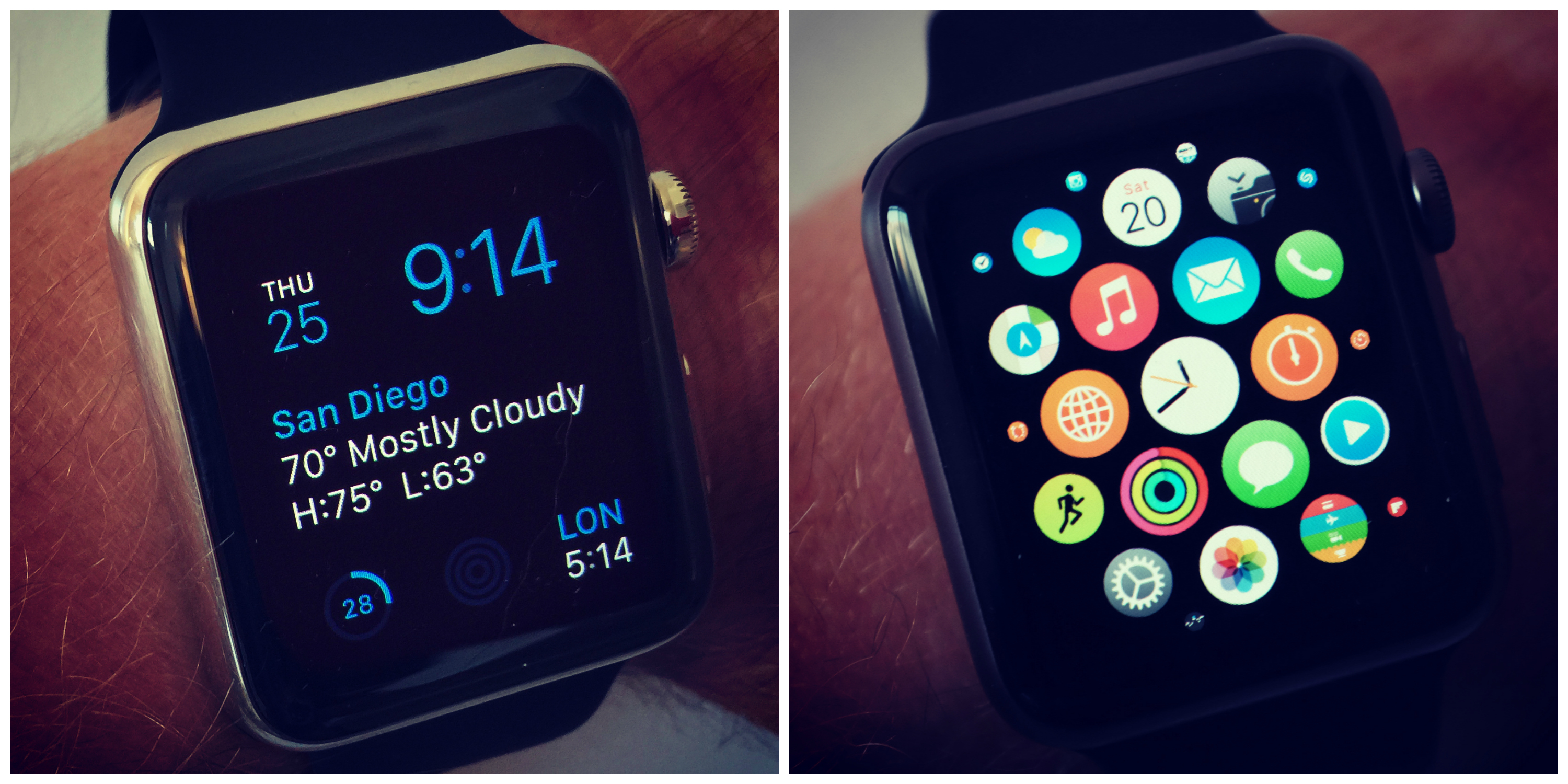WOW. I needn’t write more (but do feel obligated). My smartwatch arrived from Amazon about 10:30 this morning. Reading reviews beforehand spoiled some surprise, but the out-of-box experience nevertheless stunned. The box itself is superbly crafted and booms fine jewelry. If Huawei’s objective is to impress craftsmanship and artistry, goal accomplished.
In January 2004, when working as analyst for Jupiter Research, I wrote about Microsoft and its partners’ early push into the smartwatch market: “A wristwatch is more than just a timepiece. It’s a piece of jewelry. Jewelry is a status symbol, too—think Rolex watches in some circles and body piercings in others, or both”. The tech has to look good, too. This attribute is vital because of precedent. Watches are worn as much for their looks as function, and appearance often matters more.
